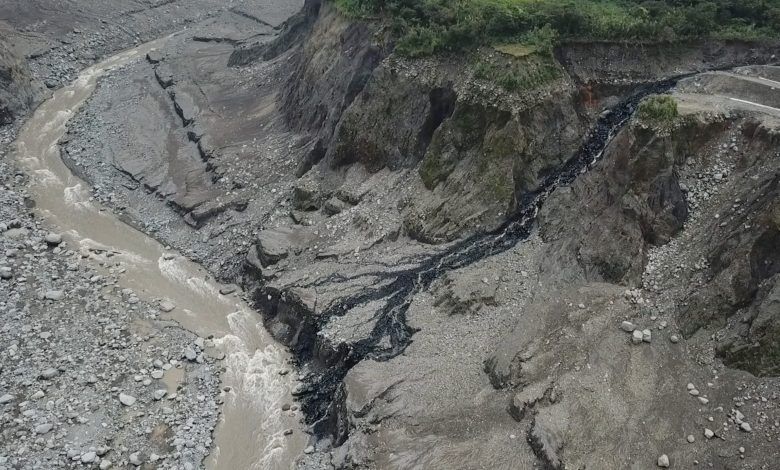Major Oil Disruption: Ecuador Pipeline Rupture Cuts Off Crude Supply

Ecuador’s state-run oil company, Petroecuador, has suspended operations on the Trans-Ecuadorian Oil Pipeline System (SOTE) following a significant rupture in the Amazon region.
The company confirmed that pumping ceased Monday after a landslide damaged a section of the pipeline. While the exact volume of the spill remains undetermined, Petroecuador has not ruled out the possibility of a leak.
The SOTE pipeline, with a capacity of 360,000 barrels per day, is a vital artery for Ecuador’s oil exports. The rupture has led to a temporary reduction in national oil production, with daily output dropping from 475,000 barrels to approximately 350,000 barrels. This decline has resulted in an estimated loss of over 89,000 barrels of crude oil over four days.
The spill has had devastating environmental and social consequences. Over 25,000 barrels of crude oil have been released into the Esmeraldas River and its tributaries, contaminating drinking water sources and affecting over half a million residents.
The Esmeraldas Estuary Mangrove Wildlife Refuge, a protected area, has been severely impacted, with oil coating mangrove channels and threatening aquatic life.
Local authorities have declared an environmental emergency, and residents have been urged to ration water.
Petroecuador has declared force majeure and is working to repair the pipeline. The company has not yet estimated the volume of oil spilled but is conducting assessments to determine the full extent of the damage.
The incident underscores the vulnerabilities of Ecuador’s aging pipeline infrastructure, which has experienced multiple spills in recent years.
This environmental disaster has reignited debates over Ecuador’s oil industry practices and the need for stronger environmental protections.
As the country grapples with the immediate crisis, questions remain about the long-term sustainability of its oil extraction methods and the protection of its natural resources.





